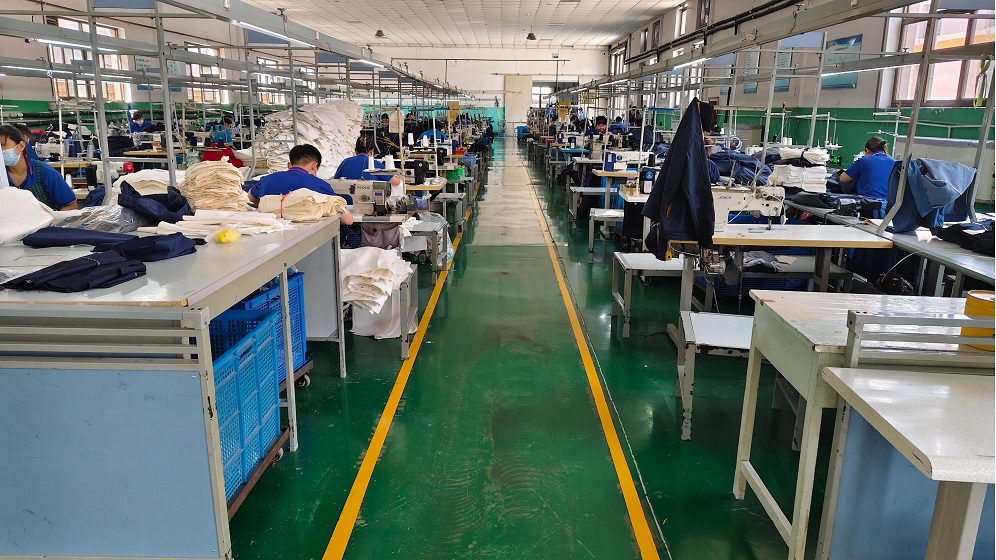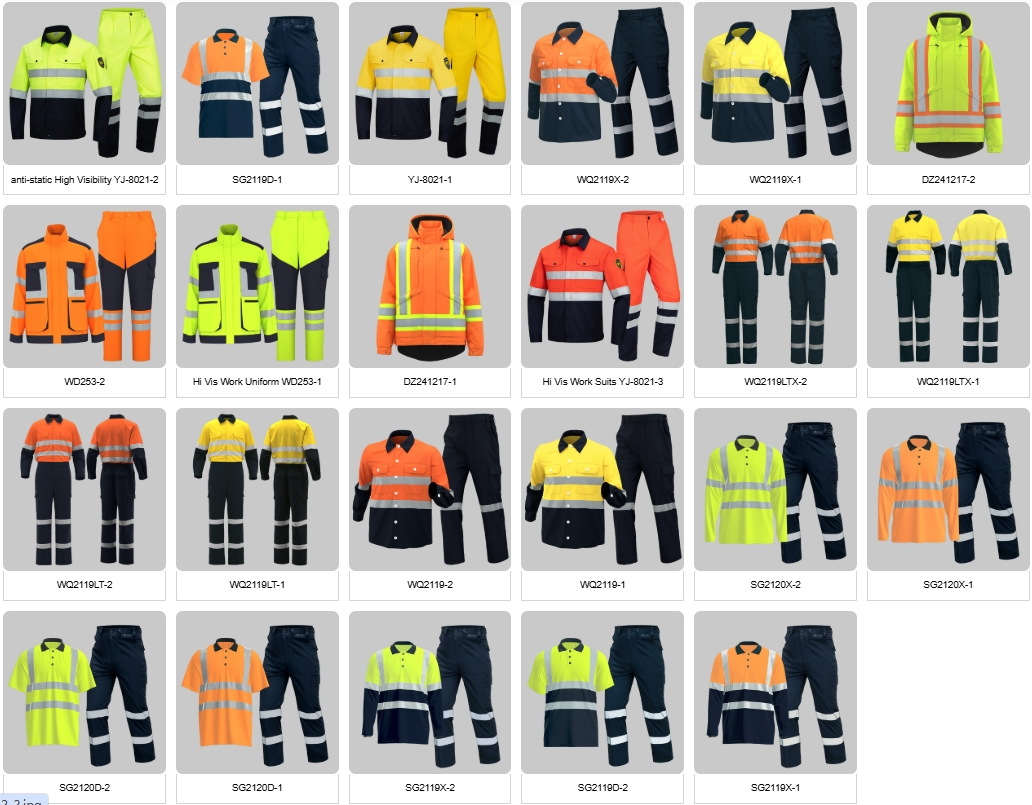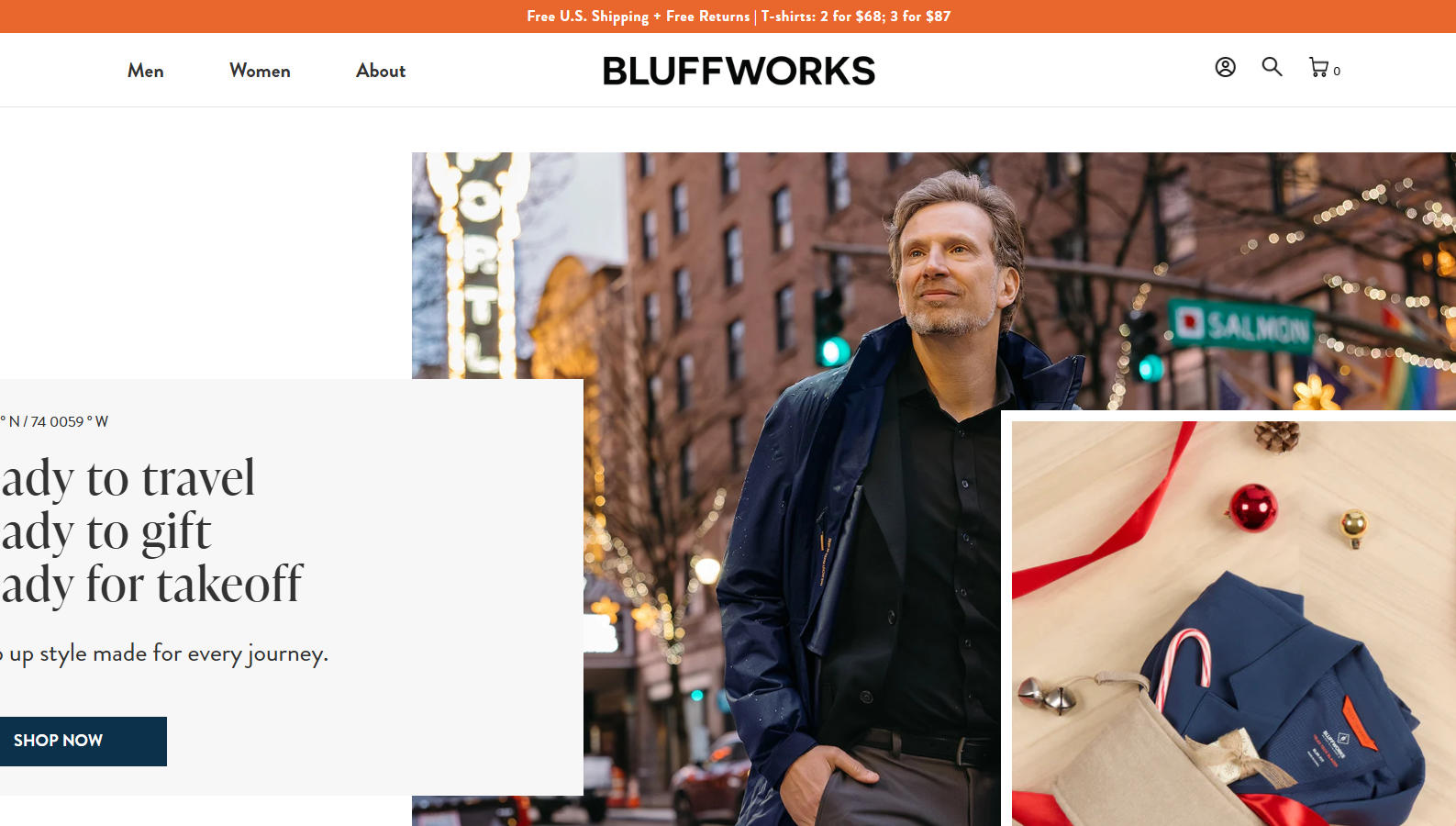That’s an excellent and insightful question. While Bangladesh is famously one of the world’s largest exporters of clothing (garments), it is also a significant importer of specific items related to the clothing industry.
The key is in what they import versus what they export. Bangladesh imports the raw materials and machinery needed to power its massive ready-made garment (RMG) sector, rather than finished clothing for consumer sale.
Here’s a detailed breakdown of where Bangladesh imports its clothing-related goods from and what those goods are.
Major Import Sources for Clothing-Related Goods
The primary sources are neighboring Asian countries and economic powerhouses that produce textiles and machinery.
-
China: The single largest source by far.
-
What they import: Fabrics (especially woven, printed, and specialty fabrics), yarn, accessories (zippers, buttons, labels, threads), and garment machinery.
-
Why: China offers a vast variety of textiles at competitive prices and with reliable lead times, which is crucial for fulfilling large export orders for Europe and the US.
-
-
India: A major and geographically convenient supplier.
-
What they import: Cotton yarn, raw cotton, denim fabric, and other natural fiber textiles.
-
Why: India is a top producer of high-quality cotton, and its proximity to Bangladesh reduces shipping time and cost.
-
-
Other Key Asian Countries:
-
Pakistan: A significant source of high-quality cotton yarn and grey fabric (un-dyed fabric).
-
Vietnam, Taiwan, South Korea, and Japan: These countries are important sources for synthetic fabrics (like polyester), specialized textiles, and high-end machinery.
-
-
Turkey: A growing source for medium to high-quality fabrics, yarns, and textile accessories.
What Does Bangladesh Actually Import? (The Raw Materials)
Bangladesh’s imports are the essential inputs for its export-oriented garment factories. The main categories are:
-
Cotton: Despite having a small domestic production, the Bangladeshi garment industry runs on cotton. A huge portion of the raw cotton and cotton yarn is imported.
-
Textiles & Fabrics: This is the largest category. While Bangladesh has a growing spinning and weaving sector, it cannot meet the massive demand and variety needed by its export factories. They import:
-
Woven Fabrics: For shirts, trousers, and formal wear.
-
Knit Fabrics: For T-shirts and sweaters. (Though Bangladesh is more self-sufficient in knit fabrics than in woven).
-
Specialty Fabrics: Denim, synthetic fabrics, silk, and other specialty materials are often imported.
-
-
Garment Accessories & Trims: Everything that goes onto a garment besides the main fabric—zippers, buttons, labels, interlinings, sewing threads, and elastic.
-
Dyes, Chemicals, and Auxiliaries: Used in the dyeing, washing, and finishing processes of textiles.
-
Machinery: State-of-the-art sewing machines, knitting machines, cutting machines, and finishing equipment from countries like China, Japan, and Germany are continuously imported to improve efficiency and quality.

haiyuan clothing factory
Why Does Bangladesh Import Instead of Making Everything?
This is due to the structure of its industry and trade agreements:
-
Backward Linkage Gap: While Bangladesh is strong in garment assembly (cutting, sewing, and finishing), its “backward linkage” industries—the ones that produce the raw materials like yarn and fabric—are not yet fully developed to support the entire export volume.
-
Price, Variety, and Speed: Often, it is cheaper, faster, and offers more variety to import specific fabrics from China or India than to produce them domestically.
-
Compliance with Rules of Origin: To qualify for duty-free access to markets like the European Union under initiatives like “Everything But Arms” (EBA), a certain portion of the value must be added in Bangladesh. However, the rules often allow for the import of raw materials (fabric) as long as the transformative process (making the garment) happens locally.
Summary
To put it simply:
-
Bangladesh Exports: Finished clothing items like T-shirts, jeans, shirts, and sweaters to the US, EU, and Canada.
-
Bangladesh Imports: The building blocks for those clothes—primarily raw cotton, yarn, fabrics, and accessories—mainly from China and India, with significant contributions from other Asian nations.
This import-export dynamic is what makes Bangladesh a pivotal player in the global apparel supply chain.
For some insightful reads, we’ve curated a list of recommended articles just for you:
- How do I find a product manufacturer in China?
- How to find cheap manufacturers in China? A guide to avoid pitfalls
- How to complete your first purchase of workwear in China safely and efficiently
- Custom uniforms for Small business
- Choosing the Best Industrial Work Suit
- Ultimate Guide: Best Wholesale Work Clothes in China
- Cut & Sew Customization
- Logo Customize Clonthing Manufacturer
- Labour Uniform manufacturer
- Labor clothing uniform for sale
- Working clothes china wholesale
Can’t find what you’re looking for? Feel free to contact us. We’re here to help 24/7.





